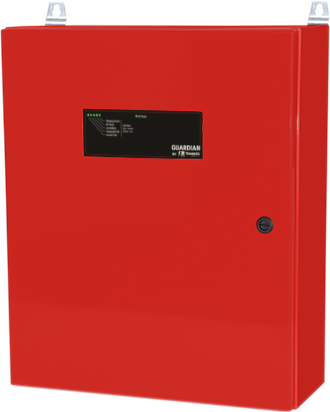 TowerIQ Introduces GuardianB, Guardian BBU, and Guardian TQ-ANN Annunciator for Enhanced Emergency Response Communication
TowerIQ Introduces GuardianB, Guardian BBU, and Guardian TQ-ANN Annunciator for Enhanced Emergency Response Communication
The Tactical Series is the most installed, tested, and trusted ARCs infrastructure in New York City. With support from your local Service Partner and remote support from TowerIQ factory experts, we guarantee a simple installation and minimal ongoing maintenance costs.
The Tactical Series Dedicated Radio Console (DRC) is the FDNY incident commander's command and control panel for all radio communications, allowing them to have confidence that when they need two-way radio coverage it will be there. Upon arrival at the building, the incident commander uses a 2642 elevator recall key to activate Channel 11, 12, or both simultaneously, energizing the ARCS installation and providing life-safety grade two-way radio coverage throughout the building.
When not called upon the DRC places the ARCS installation in standby and is constantly monitoring all aspects of the ARCS installation, so maintenance can be performed quickly and accurately before being noticed during a fire.
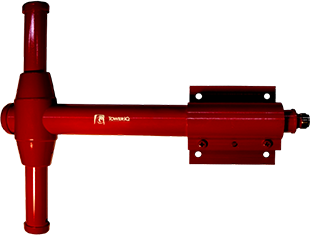
UHF Antenna
Public Safety UHF Dipole Antenna
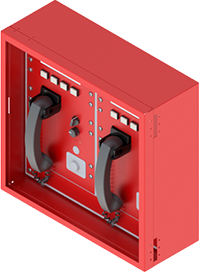
DRC
Dedicated Radio Console
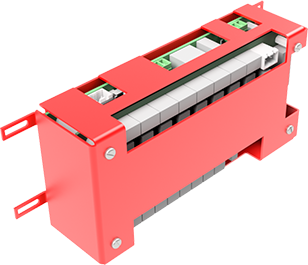
RAM
Radio Amplification Monitor
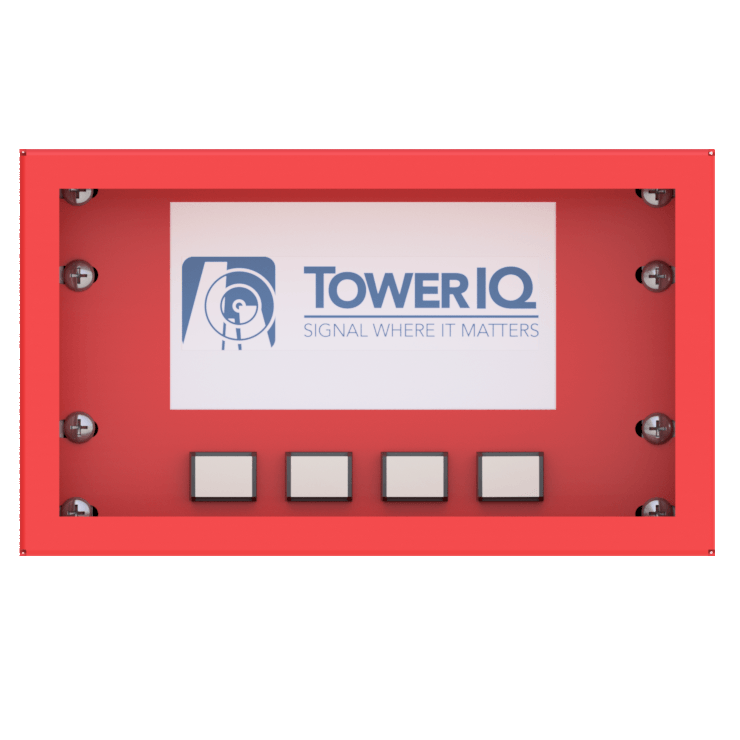
Dedicated Radio Monitor
First Responder Communication Supervisor
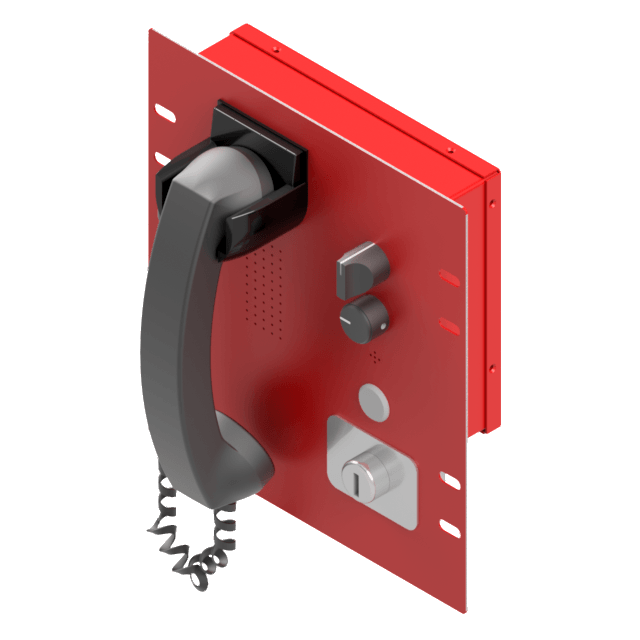
CCU
Channel Control Unit
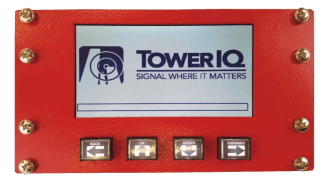
CSU
Channel Supervisory Unit
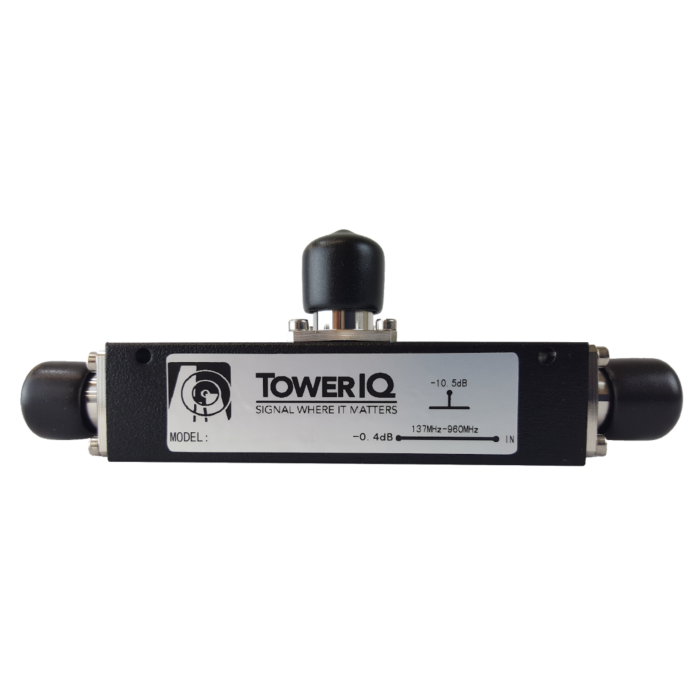
RF Tapper
Public Safety RF Tapper
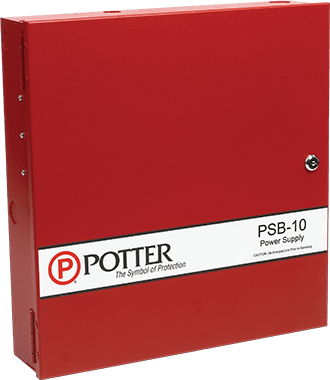
PSB-10
Bulk Power Supply